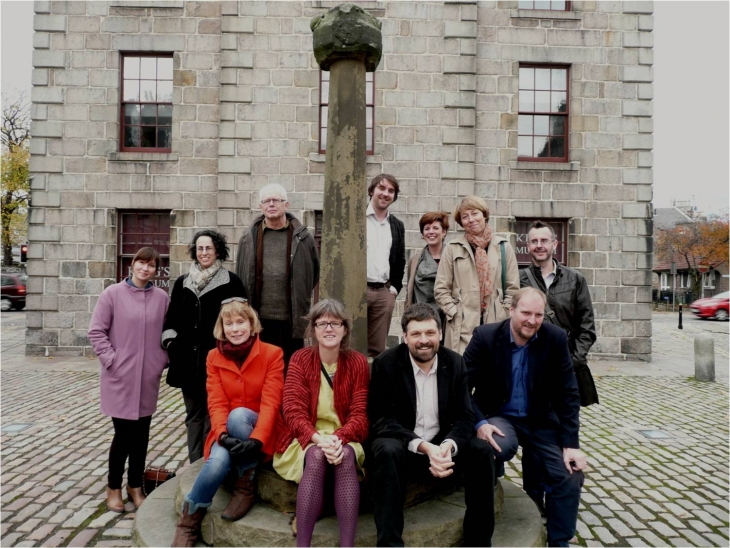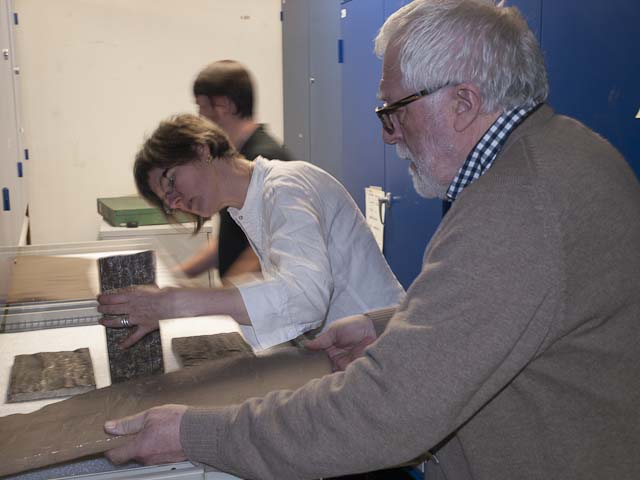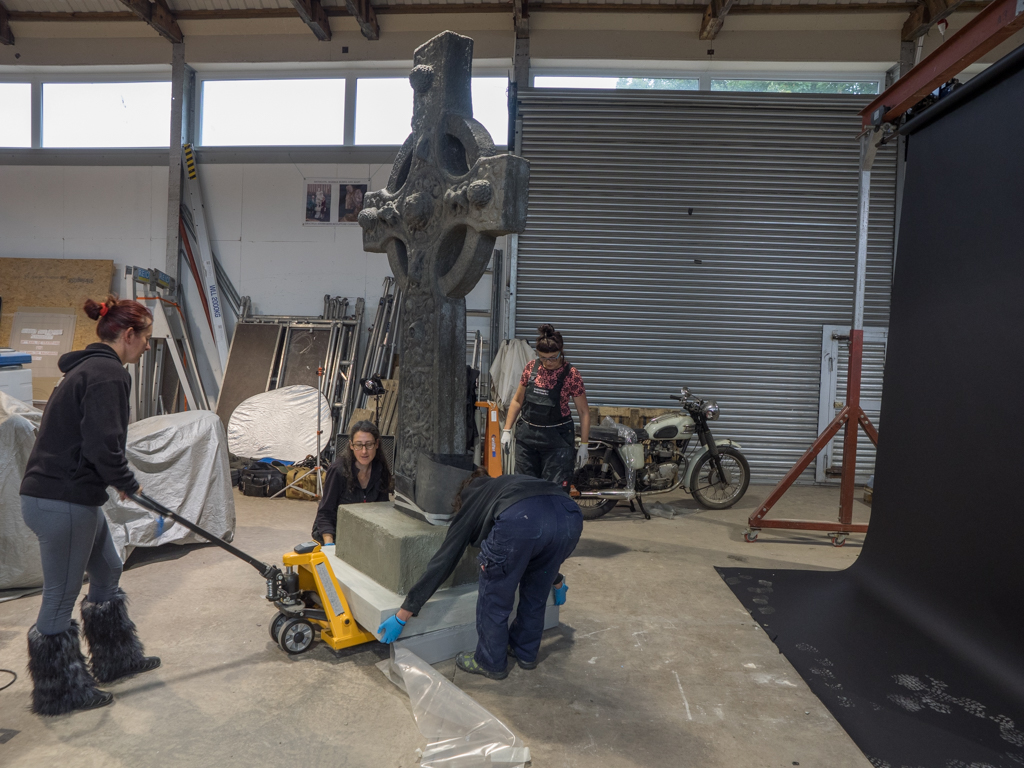Multiplying Lives
Multiplying Lives: Casting Light on the Modern Meanings and Values of Early Medieval Sculpture
Reproduction of archaeological material was a significant and serious enterprise for antiquarians and museums in the long 19th century. Embedding many stories and embodying considerable past human energy, behind their creation, circulation, use and after-life lies a series of specific social networks and relationships that determined why, when and in what circumstances they were valued, or not. While they continue to evoke mixed curatorial and public responses, with practical consequences for how they are interpreted, and their fate (whether museums accession, conserve or indeed retain them), such replicas are now historical and merit empirical study in their own right. But they also lend themselves readily to new ways of theorising and approaching material culture, particularly in regard to understanding authenticity and value, understanding memory, identity and place, and reflecting on the value and future impact of current visualisation technologies.
This material lends itself to a biographical approach, exploring the relationships of people, place and things through time and understanding its changing meanings. Such reproductions are significant elements in the composite biographies of the ‘authentic original’ early medieval carved stones and their ‘reproduced originals’ (Foster and Curtis 2016), and we can identify that there are particular periods when trends in the use (or otherwise) of reproductions become visible (Foster 2015). Particular collections, or strands of collections, also have their own biographies (Foster et al 2014), where the specifics of the individuals and institutions involved with them can be explored in depth.
Multiplying Lives is an umbrella term for research undertaken since 2011 related to the above. Funding has been received from: The Henry Moore Foundation (2014 and 2015), The Principal’s Interdisciplinary Fund of the University of Aberdeen, the Principal’s Excellence Fund of the University of Aberdeen, the Gunning Jubilee Gift of the Society of Antiquaries of Scotland, the Strathmartine Trust and the John Robertson Bequest of the University of Glasgow. See also the Concrete and Non-concrete project. Building on this pilot work, an application has been submitted for major research funding.

Sponsored by the University of Aberdeen's Principal's Interdisciplinary Fund and organised by Dr Sally Foster and Neil Curtis, researchers and museum curators met in Aberdeen from 28-30 October 2013 for an international research workshop on replication of archaeological material.
Back, left to right: Dr Tara Kelly (researcher, Dublin), Professor Bonnie Effros (University of Florida), Professor Jarl Nordbladh (University of Gothenburg), Dr Martin Goldberg and Dr Mhairi Maxwell (National Museums Scotland), Professor Siân Jones (University of Manchester), Pádraig Clancy (representing National Museum of Ireland).
Front: Dr Holly Trusted (Victoria and Albert Museum), Dr Sally Foster and Neil Curtis (University of Aberdeen), Dr Stuart Jeffrey (Glasgow School of Art)
For further information please contact Dr Sally Foster.

Dr Sally Foster, Professor D V Clarke and Dr Martin Goldberg examine plaster casts of early medieval sculptures in the National Museums of Scotland, preparing for photography funded by the Henry Moore Foundation, Image copyright Doug Simpson.

Graciella Ainsworth and her team prepare the 1880s concrete cast of the Kildalton Cross for photography in 2015, work funded by the Henry Moore Foundation. Image copyright Doug Simpson.
